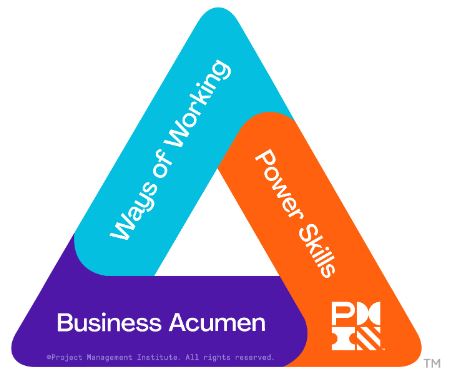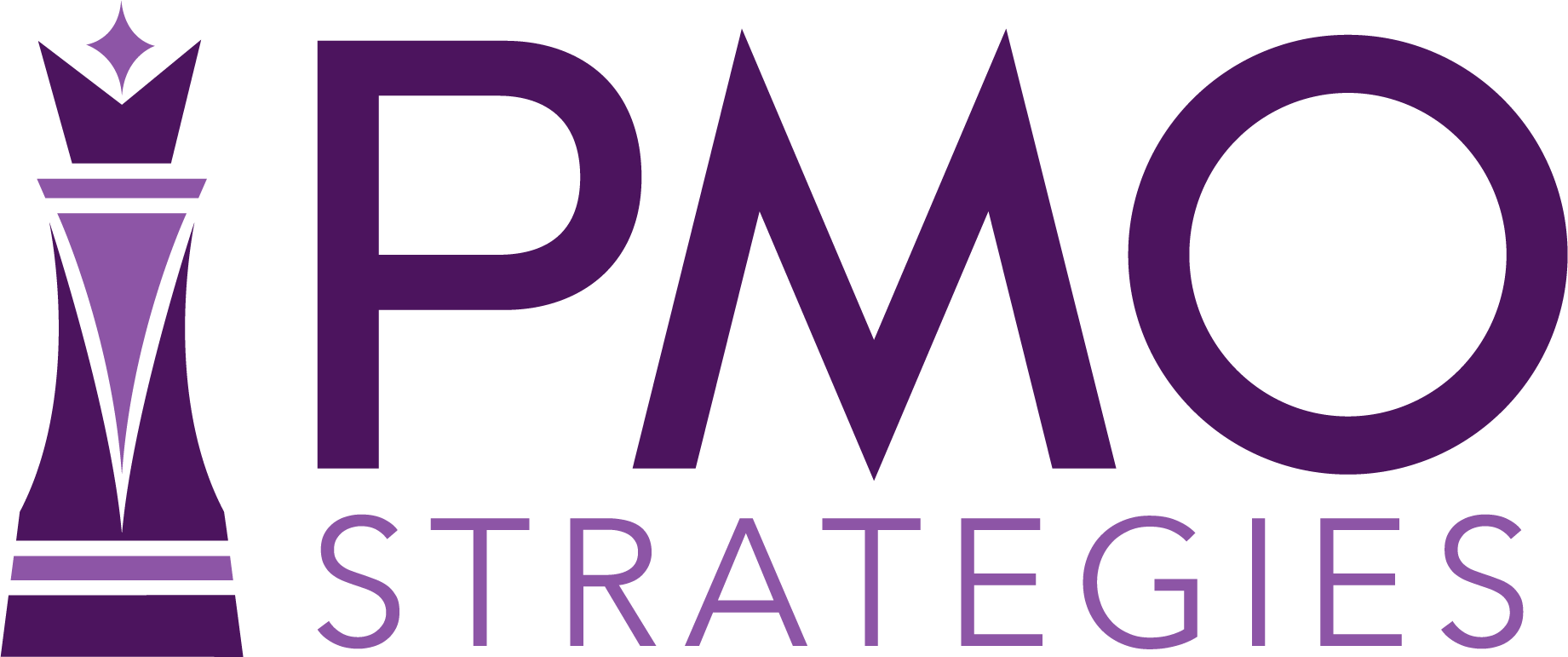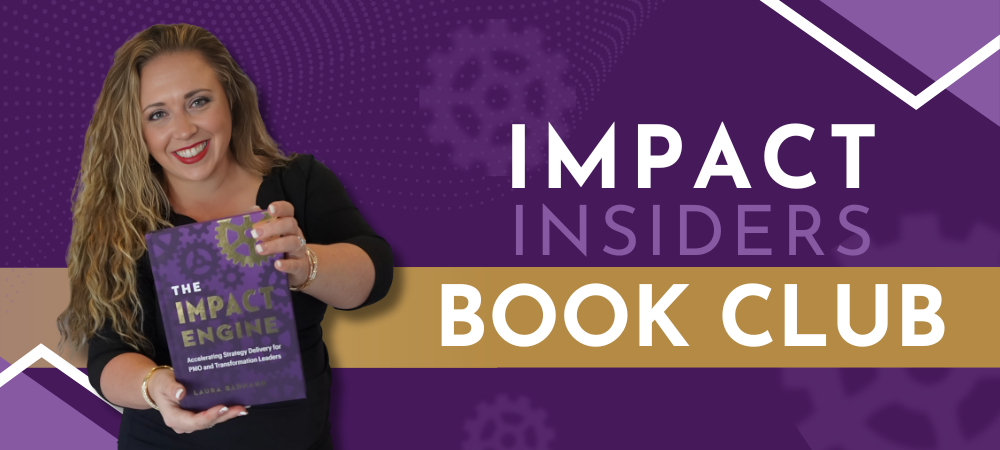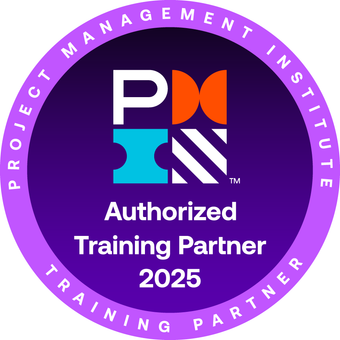Welcome to the PMO Strategies Podcast + Blog, where PMO leaders become IMPACT Drivers!

PMI Talent Triangle: Power Skills
Leading an Existing PMO: Your First 90 Days with the IMPACT Engine Framework
Stepping into an existing PMO, the first 90 to 180 days set expectations for relevance and executive trust across the organization.
In this episode of the PMO Strategies Podcast, I’m sharing a practical playbook for those first months so you can assess perception, reset purpose with your team, realign the operating model, and deliver early wins that build credibility fast.
Why the First 90 Days Require a Purpose Reset
When you inherit a PMO, the first 90 to 180 days are the window to clarify why it exists and align the work to the outcomes the business needs now. Make progress and decisions visible early so sponsors see movement.
Do this before habits harden and assumptions lock in. A reset protects relevance, places the team where it delivers the most value, and makes the IMPACT visible to decision makers.
Many PMOs are “functioning by default, not by design.” Without a clear reset and early wins, alignment drifts and support fades.
Here’s why the reset isn’t optional. It’s essential:
- Executives trust what is clear and aligned.
You need a simple story that keeps purpose and outcomes top of mind. - One aligned win leads to the next, it builds momentum.
Quick wins spark new conversations and open doors for bigger changes. - Stakeholders back the outcomes they care about.
When you connect PMO work to revenue, cost, or speed, support follows. - Alignment has to stay visible in real time.
If you wait for quarterly reviews, the moment passes and so does influence.
When purpose is clear, early wins are visible, and alignment stays in sight, your inherited PMO earns trust and momentum for what comes next.
Stage 1: New Role, New Mindset
When you inherit a PMO, the first move is not to fix templates or rearrange org charts. Your first move is a mindset reset. In the book, Stage 1 centers on stepping into the IMPACT Driver™ identity—leading with outcomes, not outputs.
- Instill Focus: Decide—explicitly—what matters most right now. If everything is important, nothing is.
- Measure Outcomes: Replace “percent complete” as your primary signal with “business results in motion.” Tie initiatives to specific outcomes (e.g., revenue enabled, cycle time reduced, NPS improved, risk mitigated).
- Perform Relentlessly: Progress beats perfection. Favor decisions that move the work forward and learn in motion.
- Adapt to Thrive: Expect mid-course corrections. Your credibility comes from how you navigate change, not how you avoid it.
- Communicate with Purpose: Narrate the “why.” Explain how the PMO turns strategy into results.
-
Transform Mindset: You are not a process cop; you are a strategy delivery leader.
What this sounds like in week one: “I’m here to make sure our project investment translates into outcomes the business can feel. Over the next 90 days, you will see fewer reports with more meaning, fewer meetings with more decisions, and a tighter line between our work and our goals.”
Stage 2: Assess the Organization
Stage 2 is discovery through conversation—listening for perception and intent, not just looking for artifacts.
Purpose of the assessment: Establish a shared reality you can lead from. You’re answering three questions:
- What do leaders believe the PMO is here to do?
- Where do our current practices help—or hinder—outcomes?
-
Where is trust strong, and where is it thin
Do it lightly, quickly, and personally:
- Stakeholder dialogues: 30–45 minutes each with executives, product/ops leaders, finance partners, and delivery leads. Ask: “What outcomes are most important this quarter? What’s getting in the way? Where can the PMO remove friction or add clarity fast?”
- Portfolio scan: Review current initiatives against today’s strategy. Look for work that is misaligned, duplicative, or stalled because decisions aren’t being made.
-
Cadence/decision review: Map the standing meetings and approvals. Identify where information is collected without decisions, or where decisions lack clear owners.
Signals to capture: purpose clarity, stakeholder trust, portfolio alignment, delivery cadence, and decision velocity. These five lenses reveal where a small reset will unlock big value.
What you deliver at the end of Stage 2: a concise “Current Reality & Opportunities” summary—one page—calling out 3–5 high-leverage opportunities to improve outcomes quickly.
Stage 3: Define High-IMPACT Services
With a clear picture, Stage 3 is where you intentionally (re)design what your PMO does. Inheriting a PMO often means inheriting a long list of services created over time. Resist running all of them better. Choose fewer, better.
Design principles from the book:
- Start with outcomes: Every service must be able to answer, “Which business outcome does this service improve, and how will we know?”
- Solve root problems: If slow delivery is the symptom, is the root cause intake chaos, unclear prioritization, decision latency, or resource conflict? Build the service that solves the root.
-
Co-create with the business: Your best services are co-designed with the leaders who will use them. That’s how you earn adoption, not just agreement.
Examples of high-IMPACT services you might define or refine:
- Strategy-to-Portfolio Alignment: A simple quarterly mechanism that maps strategic goals to funded work and makes trade-offs explicit.
- Intake & Prioritization: One front door, clear criteria, transparent capacity view, and a standing decision forum that makes yes/no/when calls.
- Decision Enablement: Brief, high-signal executive packets that frame options, trade-offs, and recommendations—so decisions are made in one meeting, not three.
-
Benefits Tracking: A lightweight, outcome-focused approach that connects delivery to measurable value after go-live.
How many services? Two to three to start. Depth over breadth. Your credibility comes from one or two services that unmistakably improve results, not from a dozen that add overhead.
Stage 4: Plan the IMPACT Journey
Now you build a 90–180 day plan that leaders can see and support. In the book, Stage 4 is about sequencing value and engagement.
Elements of a strong plan:
- Purpose Narrative: A short, plain-language statement you’ll repeat everywhere: “Our PMO exists to ___ so that ___.” Make it about outcomes and partnership.
- First-Wave Priorities (30–60 days): Two or three initiatives/services that will produce visible improvement. Think “fastest path to trust.”
- Second-Wave Priorities (60–120 days): Follow-on refinements once the first wave is landed and socialized.
- Stakeholder Map & Cadence: Who needs to be brought along, when, and how (1:1s, steering, demos, IMPACT reviews). Plan your communication rhythm as deliberately as your delivery.
-
Success Signals: Define up front what “we’re winning” looks like—cycle time reduction, approval latency cut, clearer top 5 priorities, an initiative stopped because it no longer makes sense, etc.
What this sounds like in your kickoff: “Over the next 90 days, you’ll see one front door for new work, a monthly IMPACT review focused on outcomes instead of activities, and faster decision cycles on the top five priorities.”
Stage 5: Deliver Sustainable Value
Stage 5 is execution that proves the model. The goal isn’t to do everything; it’s to deliver undeniable proof that the reset is working.
How to operate in this stage:
- Launch MVP services: Roll out the new intake forum, the prioritization criteria, or the IMPACT review as a pilot with a willing business area. Iterate in public.
- Make decisions visible: Track and publish “decisions made” and “time-to-decision” alongside traditional status. When leaders see decisions speeding up, confidence rises.
- Tell the IMPACT story: Replace status-only reporting with “what changed because of this work?” Include before/after snapshots and next best actions.
-
Protect focus: Say no (or “not yet”) to work that dilutes the first-wave priorities. A crowded slate kills credibility.
Examples of early wins that count:
- Reduced approval time from weeks to days by packaging decisions and clarifying owners.
- Stopped a low-value project and reallocated capacity to a strategic initiative—demonstrably accelerating benefit realization.
- Introduced a monthly IMPACT review that surfaces cross-team dependencies and clears blockers in one meeting.
Stage 6: Evolve Your IMPACT Engine
Sustainability is a system, not a slogan. Stage 6 turns the PMO into a living engine that stays aligned as strategies shift.
Build a heartbeat:
- Monthly IMPACT Reviews: Outcomes first, decisions second, activities last.
- Quarterly Portfolio Alignment: Confirm the top goals, re-rank work accordingly, and retire what no longer fits.
- Feedback Loops: Gather stakeholder sentiment and team insights; iterate your services based on evidence, not habit.
-
Talent & Rituals: Keep building capabilities (decision framing, benefits realization, facilitation) and keep the rituals that reinforce purpose.
Your north star question, asked relentlessly: “Is our work still the fastest way to realize the outcomes that matter most?” If the answer slips, you adjust. That’s the engine evolving.
Real-World Example
Let me bring this to life with a composite example drawn from leaders who’ve used this system.
A new PMO head stepped into a function known for heavy governance and slow decisions. Here’s how she applied the six stages:
- Stage 1 – Mindset: She publicly reframed the PMO as “the strategy-to-results engine,” promising fewer, more meaningful meetings and reports.
- Stage 2 – Assess: In ten conversations with executives and delivery leads, she heard the same pain three times: decision latency, unclear priorities, and too many starts without finishes.
- Stage 3 – Define: She chose just two high-IMPACT services to start—Intake & Prioritization with a single front door, and Decision Enablement with crisp option framing.
- Stage 4 – Plan: She published a one-page 90-day plan with two first-wave pilots, named decision owners, and success signals (reduce approval time by 50%; agree and publish a top 5 list).
- Stage 5 – Deliver: In 60 days, approval time dropped from 6 weeks to 12 days; two initiatives were paused to fund a strategic launch; the first IMPACT review resolved three cross-team blockers.
-
Stage 6 – Evolve: Quarterly, she and the CFO co-hosted an IMPACT review that connected roadmap choices to value realized; services were tweaked based on feedback.
The result: The PMO shifted from “process checkpoint” to “outcome accelerator.” Leaders began inviting the PMO head into planning—not to present status, but to shape choices.
This Is the Opportunity You’ve Been Preparing For
You’ve done more than keep projects moving. You’ve built trust, earned influence, and shown you can lead delivery at a strategic level. Now it’s time to operate like it.
Executives aren’t just looking for someone who gets work done. They’re looking for someone who can realign an inherited PMO so the work delivers what the business needs now.
This is where you step up.
When you shift from “keep it going” to diagnosing perception, resetting purpose, and realigning how the PMO operates, you move from reporting activity to owning outcomes.
You’re no longer just managing throughput. You’re becoming the strategic partner who makes alignment visible, earns early wins, and sets the tone for the next 90 to 180 days.
You’re not just delivering change. You’re showing what execution leadership looks like when it’s built for real business IMPACT.
Closing Reflection
If you’ve inherited a PMO, you don’t need a revolution. You need a rhythm.
Use the six stages exactly as they’re laid out in the book:
- New Role, New Mindset: Show up as an IMPACT Driver.
- Assess the Organization: Listen for purpose, trust, alignment, cadence, decisions.
- Define High-IMPACT Services: Fewer, better, outcome-anchored.
- Plan the IMPACT Journey: Sequence visible wins and deliberate engagement.
- Deliver Sustainable Value: Prove the model with results leaders can feel.
- Evolve Your IMPACT Engine: Install the heartbeat that keeps you relevant
Start small, be clear, and tell the IMPACT story as you go. That’s how you reset an existing PMO without breaking what works and build credibility you can bank on.
👉 Click play to learn how the first 90 to 180 day playbook helps you lead with clarity, deliver results with confidence, and earn the influence your work deserves.
P.S. The IMPACT Insiders Book Club is so much more than reading a book—it’s a movement. Join us for live calls, deep conversations, and a behind-the-scenes look at how to create real change with The IMPACT Engine. It’s completely free—grab your seat now and don’t miss what’s next.
P.S. On September 10, we’re celebrating the one-year anniversary of The IMPACT Engine! Whether you already own the book or have been waiting to grab a copy, now’s your chance. Not on the newsletter yet? Join today so you don’t miss the exclusive September 9 sneak peek at special offers and giveaways—my way of saying thanks for an incredibly IMPACTful year!
T hanks for taking the time to check out the podcast!
hanks for taking the time to check out the podcast!
I welcome your feedback and insights!
I’d love to know what you think and if you love it, please leave a rating and review in your favorite podcast player. Please leave a comment below to share your thoughts. See you online!
Warmly,
Laura Barnard









